
It might come in the form of a short, informative snippet you share on your Twitter account. A charming Instagram story you record on the go to your follower’s delight. Or a quality explainer video you upload to your YouTube Channel. When a social media platforms like Facebook reports an average of 8 billion daily video views, it’s plain obvious that your social videos have grown to be the ideal way to connect and engage with your audience.
When they get seen, that is.
Even when you put together a flawless piece of mobile video – something to consider, as 53% of smartphone users favor sites and apps with video – you run the risk of wasting all that time and effort when people don’t respond to it. If they even bother to click on it in the first place.
A lot of content creators make the mistake of thinking of engagement rates in social media as an afterthought of the creative process. In reality, optimizing for high exposure and reach is something that should permeate every stage of your creative process. From inception to production, postproduction, and finally publication.
And you might think this is an overly complicated process to describe those funny Facebook videos you like to make; you might be wrong.
You get an idea for a funny Instagram video or a witty tweet. (Inception)
You record the piece on your phone or type it on the app. (Production)
You try out filters or spellcheck your writing. (Postproduction)
And then you finally click upload and release it to the world. (Publication)
It is something that every successful content creator or influencer out there goes through – either consciously or subconsciously – each time they put content up on their social platforms. And they do so in a way that consistently accomplishes the desired goal: drive increased viewer attention and engagement to their content.
So, to help you achieve the same results and have your social network account start benefiting from those mouth-watering numbers, only video can bring (about 1200% more shares than other types of content), we are going to go over a few aspects that can actively improve, or severely hinder your social video’s engagement rates and their effectiveness.
The Topic: It can make or break your video
First, let’s talk a little bit about topics.
Whenever someone follows you online, it is usually because your content provides them with value. It comes in different ways, entertainment, information, sensory stimulation, etc.
Whatever it is, the content you are making or sharing appeals to them.
Although you don’t need to fully understand the details, or extent, of what it is you are giving them, you damn well have to at least have a robust notion about what it is. Enough so that you are consistent with your topic choices.
It is an idea you have most likely heard phrased as “keeping things on brand.”
While there’s a case to be made about adding variety to keep things interesting, consistency is even a more important piece to keep growing your follower base steadily. You need to make sure you are providing the content they come to you for.
If you are constantly varying the type of content you cover in your social videos, without any consistency whatsoever, you run the risk of rubbing a portion of your followers the wrong way, who might feel either left out or worse, bait-and-switched. When that happens, the best case scenario is that they ignore your content. Worse case, they stop following you.
Try and be consistent with your topics and aesthetics across any social video you put together, keeping things “on brand” to make sure you are providing whatever it is your followers came looking for in the first place, and you are bound to see improvement in your audience engagement.
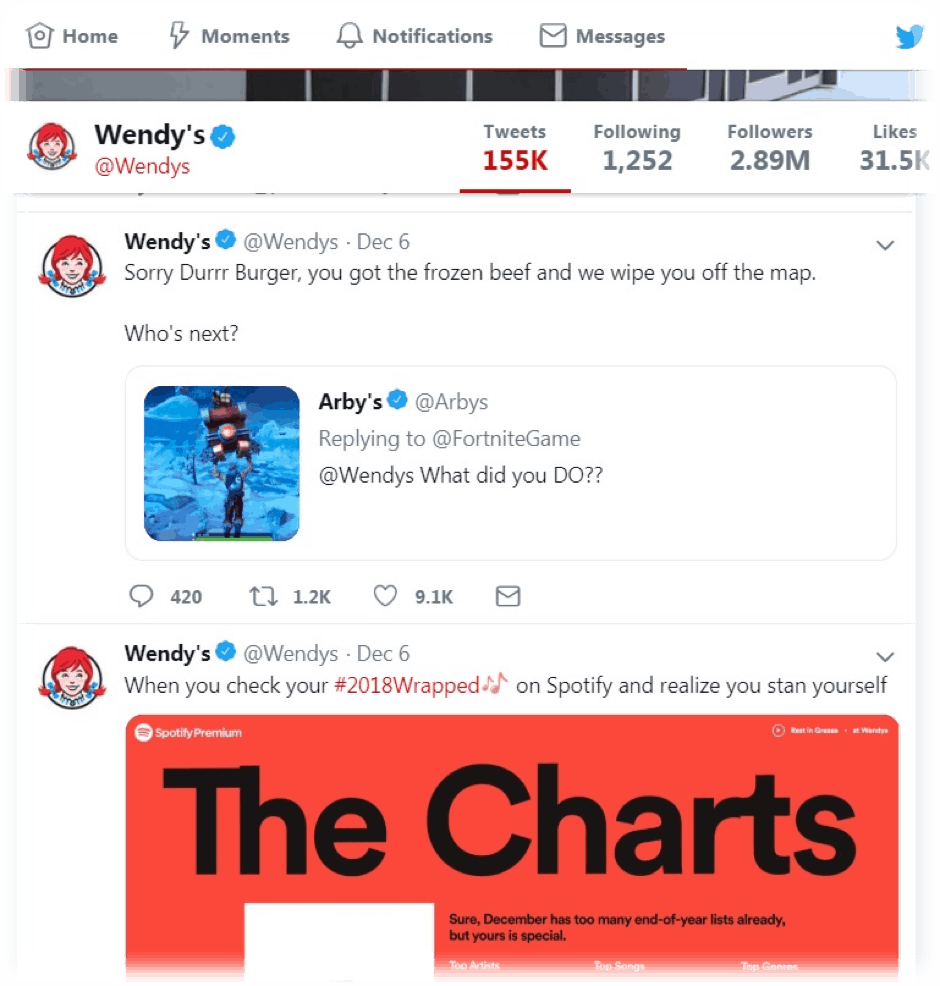
You can take a page from Wendy’s Twitter account. Their content is mostly humorous, informal, and covers current topics. But they find ways to always tie them back to their product.
The Format: adapt to your chosen platform
When it comes to nature, adaptability and flexibility are two dominant markers you need to thrive. The ecosystem formed within social networks isn’t too different in this regard.
If you pay attention, you’ll quickly notice that every social platform out there has naturally settled into a particular format their users prefer. These differences manifest in a number of ways, length, topics, styles, frequency… but at the end of the day, it means that no two platforms react to the same piece of content in the exact same manner.
For example, while YouTube favors longer-form videos and supports almost any kind of topic including explainer videos and Facebook is great for live streaming events, Instagram videos tend to perform best when kept to shorter lengths (30 seconds or less,) and focus on a particular shortlist of subjects in tune with the platform.

You should not ignore these factors!
Making sure your content’s format “fits” with the preferences of a given social media platform is paramount to guarantee its long-term success.
Consider these things whenever you are working on your social videos, take time to puzzle out these particular characteristics on your chosen platform, and make sure to stay in tune with its formatting preferences. Do this, and you’ll start seeing the benefits reflected in your video’s engagement metrics before long.
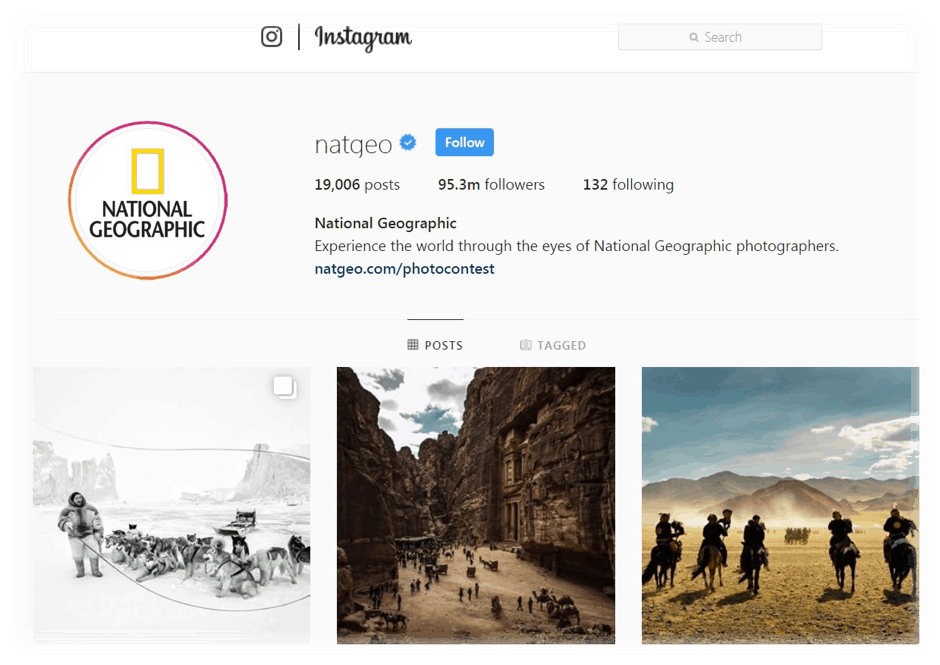
NatGeo’s Instagram account is the perfect example for this. They were well aware of the highly visual nature of their content and went with the perfect platform for it. To amazing success, I might add.
It can seem like a lot of work to create brand new videos for each platform, but there are video and image resizers that can help you save time.
The Optimization: For both, humans and machines.
This one’s a biggie, as “optimization” comes in a lot of ways.
First, let’s tackle viewer optimization. Your titles, descriptions, tags, subtitles, hashtags, etc. should always try to serve multiple purposes.
An excellent title should not only give me a sense of the video’s content but also be interesting enough to make me want to click it. Curiosity is one of the most potent and effective motivators in this regard, by the way. Just consider the difference between “Here’s my cat jumping off my kitchen counter” and “Here’s what my cat decided to do when she ran out of kitchen counter space.”
Always strive to keep these things in mind when titling your social videos, they make a world of difference in fostering viewer interest.
In the same vein, know that descriptions are the ideal place to expand on the content of your videos, rather than a place to spoil them. Provide links that develop the topics discussed in your video, or lead to your other works, if they’d be of interest to anyone watching. Give people an avenue to keep interacting with your content.
These things are essential, for, at the end of the day, you’re creating content to be experienced by people. However, this shouldn’t be taken as an excuse to neglect machine optimization.
Machine optimization, namely video SEO, should be a consideration for any social video upload you make.
If you are tweeting or posting on Instagram, make sure to include relevant hashtags. On YouTube and Facebook, make sure to tag your videos properly and include relevant keywords in the titles and descriptions (without sacrificing viewer optimization,) so you get the full benefit of both worlds.
SEO is the primary mechanism you use to let new viewers come in contact with your content, and it is not something to be dismissed lightly.
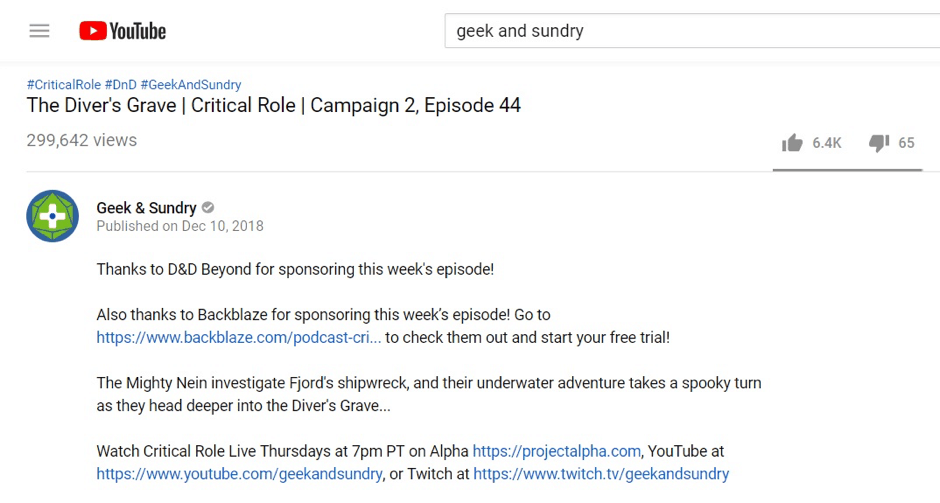
Geek & Sundry is a great example of how to utilize optimizable areas of a video to the fullest. They use few and relevant hashtags and keywords, clear titles, and link to more of their content in their descriptions.
The Thumbnails & First Impressions: Capturing their attention from the get-go
Lastly, before you go, let’s talk a bit about thumbnails and the first few seconds of your videos.
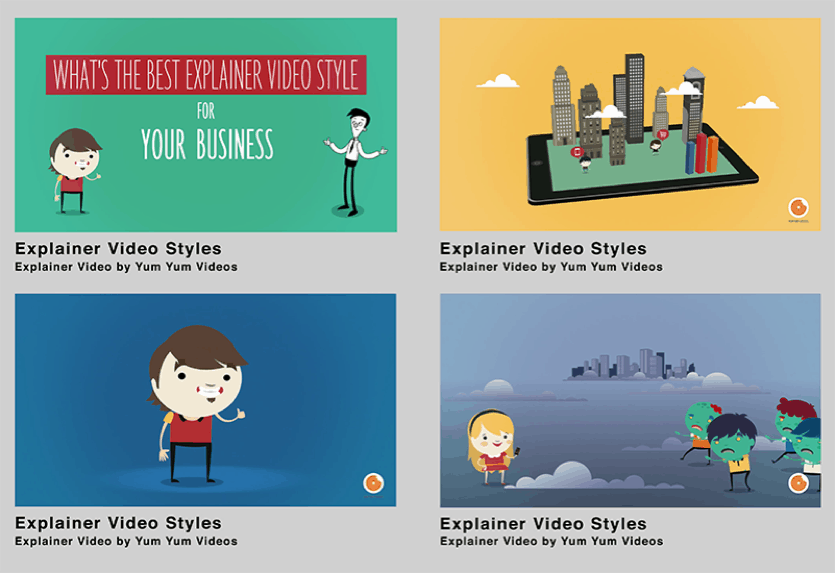
It’s hard to overstate the importance of your video’s thumbnail. Most of the time, when your viewers are browsing online, their minds move on autopilot, jumping from thumbnail to thumbnail until something catches their attention, and only then do they read your title!
This means that your thumbnails act as your social video’s vanguard, responsible for capturing metaphorical passerby’s attention. Their ability to do so can be the difference between them scrolling away, or taking a moment to engage with your content.
Now, what constitutes a good thumbnail will vary significantly by the platform, and the type of content you are going for, but there are a handful of general characteristics that you should keep in your back pocket, to use whenever you think they’d provide value:
- Close-ups, where faces are visible, tend to work well.
- Involving strong emotions (extreme excitement, happiness, or sadness mainly) usually helps to capture the potential viewer’s attention.
- High contrast between the background and foreground also helps in the same regard.
- You should also try to be meaningful with your thumbnails, and try to depict in them the essence of the content they represent.
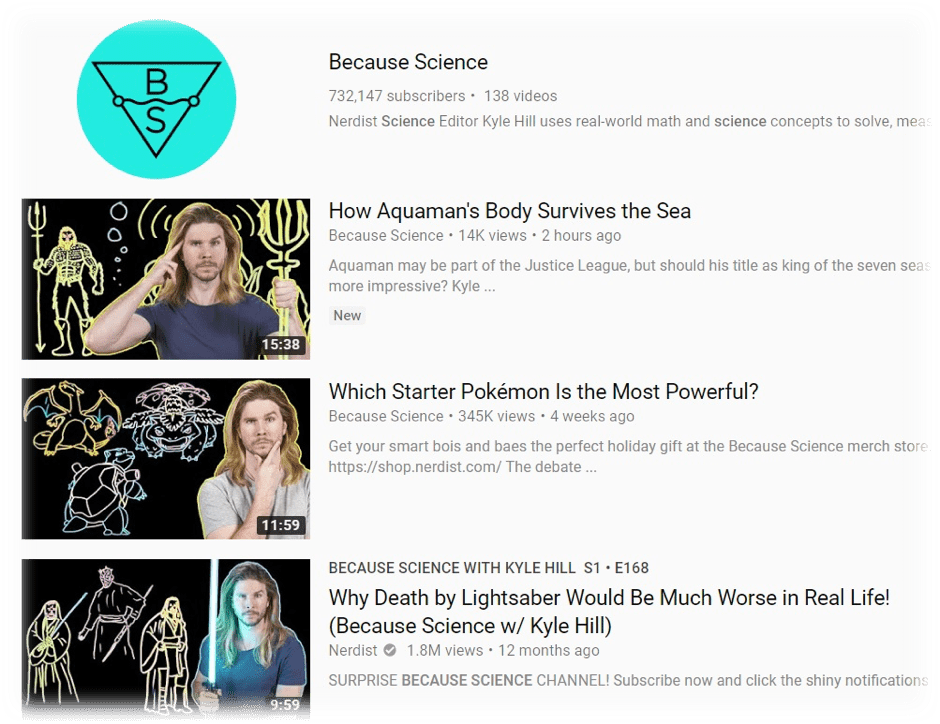
Need some great examples on how to do awesome thumbnails? Do a quick search for “Because Science” on YouTube. I challenge you not to click at least one.
By the same token, just as you want to have strong thumbnails capable of capturing your viewer’s passing attention, you should also endeavor to make the first few seconds of your videos crisp, engaging, and refreshing.
Depending on the platform and total length of your content, the first 3 to 7 seconds of a video is enough for most people to decide if they want to keep watching.
Avoid long, drawn-out intros or expository setups. Start the action as close to the beginning of the video as possible, so that you’ll have better chances to keep viewers around until the very end.
This isn’t by any means an exhaustive list, as there are many other useful characteristics you can tweak and implement to increase your social video plays and engagements. However, these four form a good basis for a strong strategy to make sure your content starts regularly connecting with your audience.
Take your time to study these tips and let them guide you through every stage of your creative process as you use video content in your social network, and I guarantee you’ll start seeing the difference in your metrics in no time.
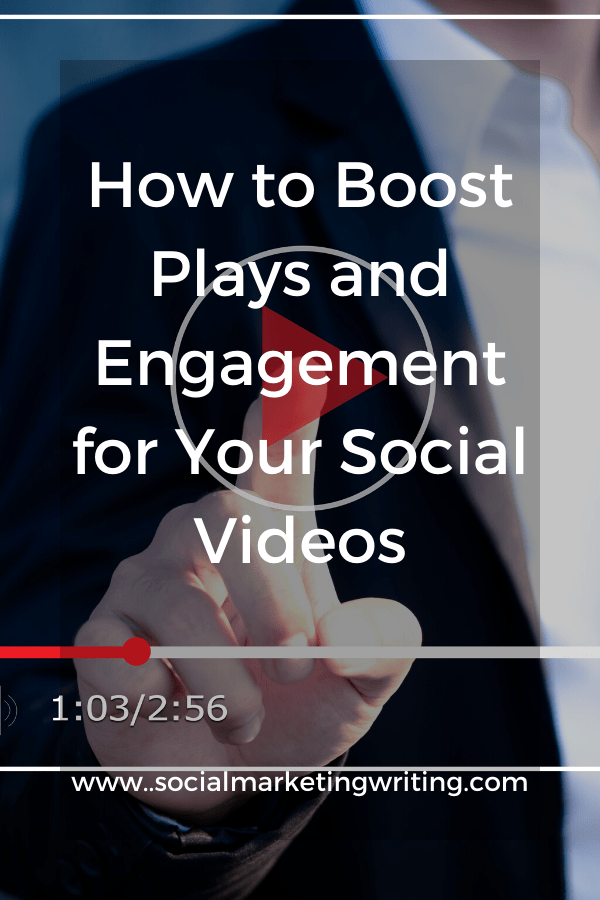
If you found this post on how to boost social video plays and engagement useful and feel your followers will too, please share it with them by using the share buttons below.
About Victor Blasco
Víctor Blasco is the founder and CEO of the explainer video company Yum Yum Videos.He is also an audiovisual designer and video marketing expert. Aside from running thebusiness, he loves studying Chinese Philosophy and is a real geek for science fictionfilms and comics!
